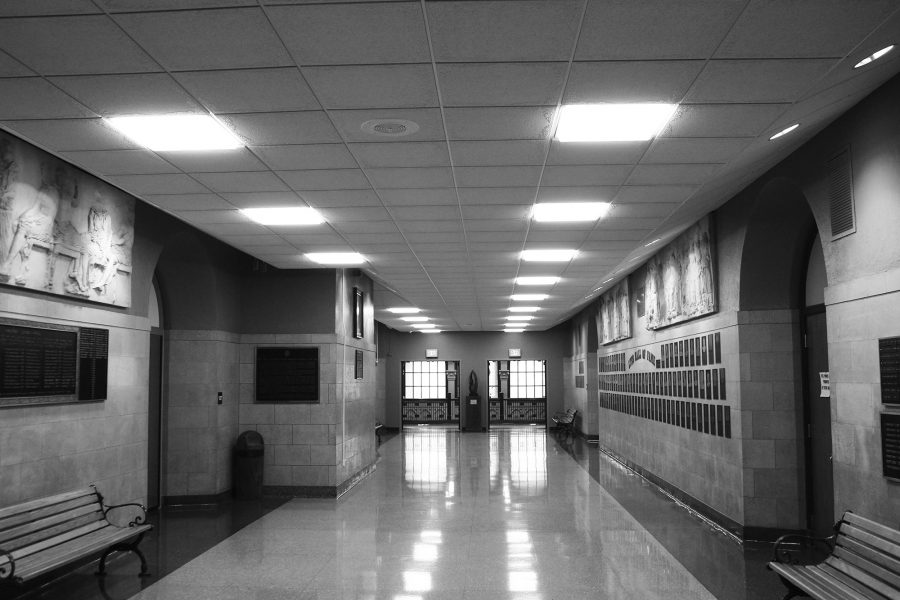Staff and students preserve LT’s history for the future
May 16, 2016
Imagine Amelia Earhart speaking to you in a high school auditorium, or Civil War veterans speaking at a Veterans Day Assembly. Imagine rising from your desk with your classmates during World War II as a live horn blasts “Taps” from the bell tower. In other words, imagine being a student at LT decades ago.
Thanks to the recent efforts of an archives project at LT, art teacher Patrick Page—along with the help of LT students, faculty and alumni—trudged through LT’s storage of old yearbooks and newspapers and found evidence that those events, and many more, really did occur at LT.
“It’s an interesting social history,” Page said. “You can see the larger macro history represented in the micro scale of LT.”
Page presented the history of one of these micro histories of LT on April 13: The history of the Parthenon Frieze replica that lines the hallways of the Reber Center. The original Parthenon Frieze is an ancient Greek mold created for a cella, or tomb, and Joseph C. Llewelyn decided to purchase and display plaster casts of the Parthenon Frieze outside of the Reber Center in 1928 as a way to conceptually complete the building addition taking place at the time, Page said. Paying specific attention to presentation and details such as lighting, Llewelyn used the plaster casts as a way to signify the communal meaning of the Reber Center.
The original Parthenon Frieze consists of many panels which are all currently restored and displayed at the British Museum. Contrastingly, LT’s replicas were scattered throughout the school after a remodeling of the Reber hallway, and have been discovered in various conditions by Page—one replica panel had a hole punched through the center—to be restored and displayed outside of the Reber Center.
The task of repainting LT’s vibrant history from storage, black and white photos and crumbling copies of yearbooks is one containing more work than his masters project, Page said. Through implementing LT’s history in the classroom, public presentations and a walking historical tour on March 19, however, Page has been able to reign in the attention and help of some of the most influential people to LT’s history: Students.
“It’s fun that at any moment while teaching, I can pull an event from LT’s history to relate the material to students,” Page said. “All of a sudden it makes learning personal in a way that it wasn’t before.”
One student who was inspired by Page’s passion for LT’s history is Cat Mossing ’16, who worked four hours a day for five weeks this summer assisting Page in scanning over 1,500 old yearbook pages dating as far back as 1903.
“The goal is to get more awareness and to help people understand how much history is actually in our school,” Cat said. “There’s so much more to LT than just a school.”
Many other students have helped Page with retracing the history of LT, and former LT students have written college thesis essays on the material. LT graduate Madeline McDermott’s is available online through the University of Dayton titled “Archivum Plena: The Quest for a Fulfilling Past.” Many senior classes have gotten involved as well and restored artifacts like an original Reber Center pillar as their senior gift to the school.
“People sometimes are cynical about high school, but there’s a lot to be proud of at LT,” Page said. “There are so many unique things, but most people don’t know the history that is here.”
With support from alumni, faculty, students and various clubs, the electronic documentation of LT will remain a resource for future generations, Page said. From national events like the John F. Kennedy assassination to local fashion trends exposed in old copies of LION, Page’s team of unofficial LT historians continue to dive into the past with the goal of preserving it for the future.
“Things that we may not think have historical value now will in 50-100 years,” Mossing said. “You don’t find new [artifacts] every day, but it’s worth the time when you do.”

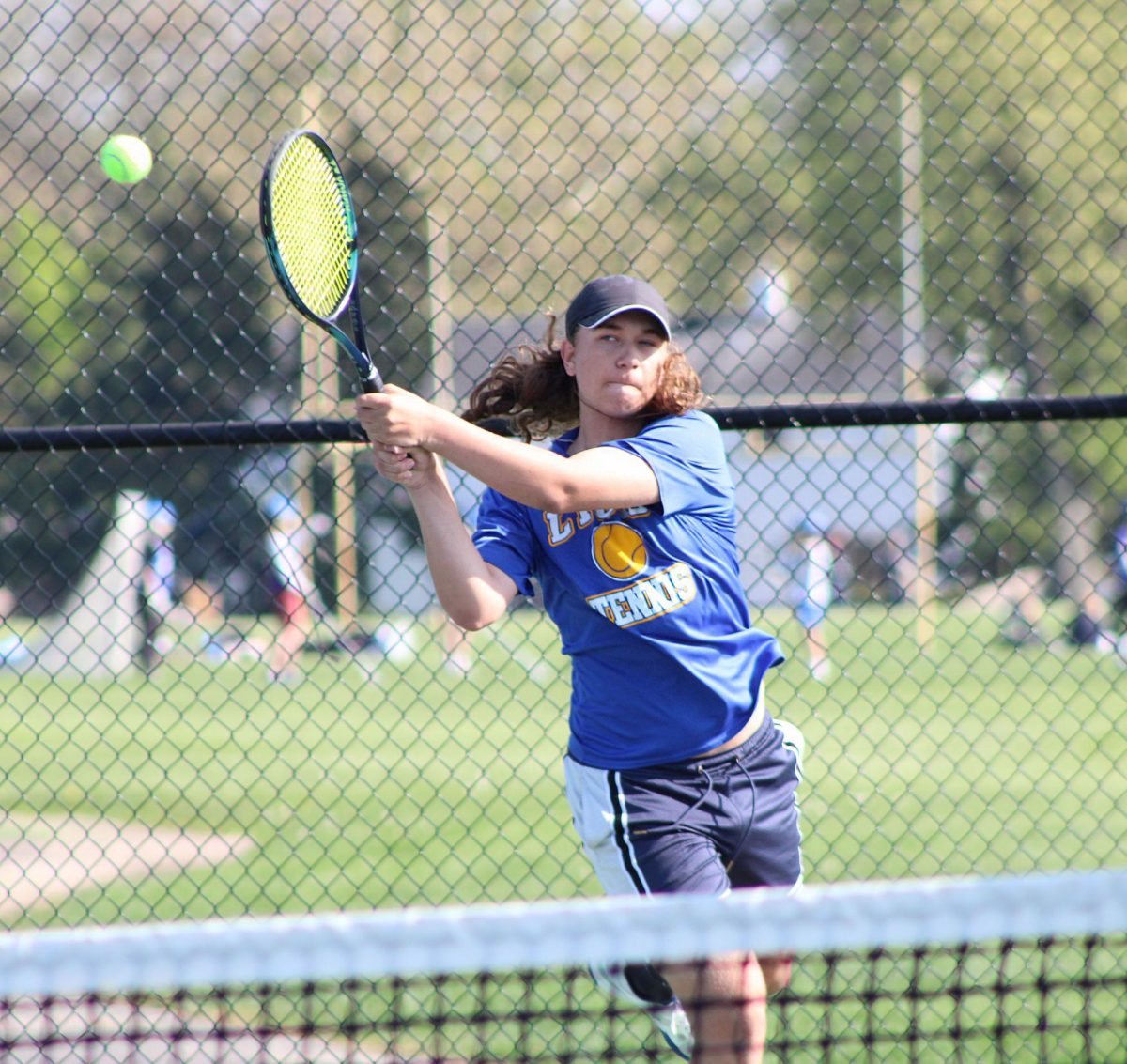
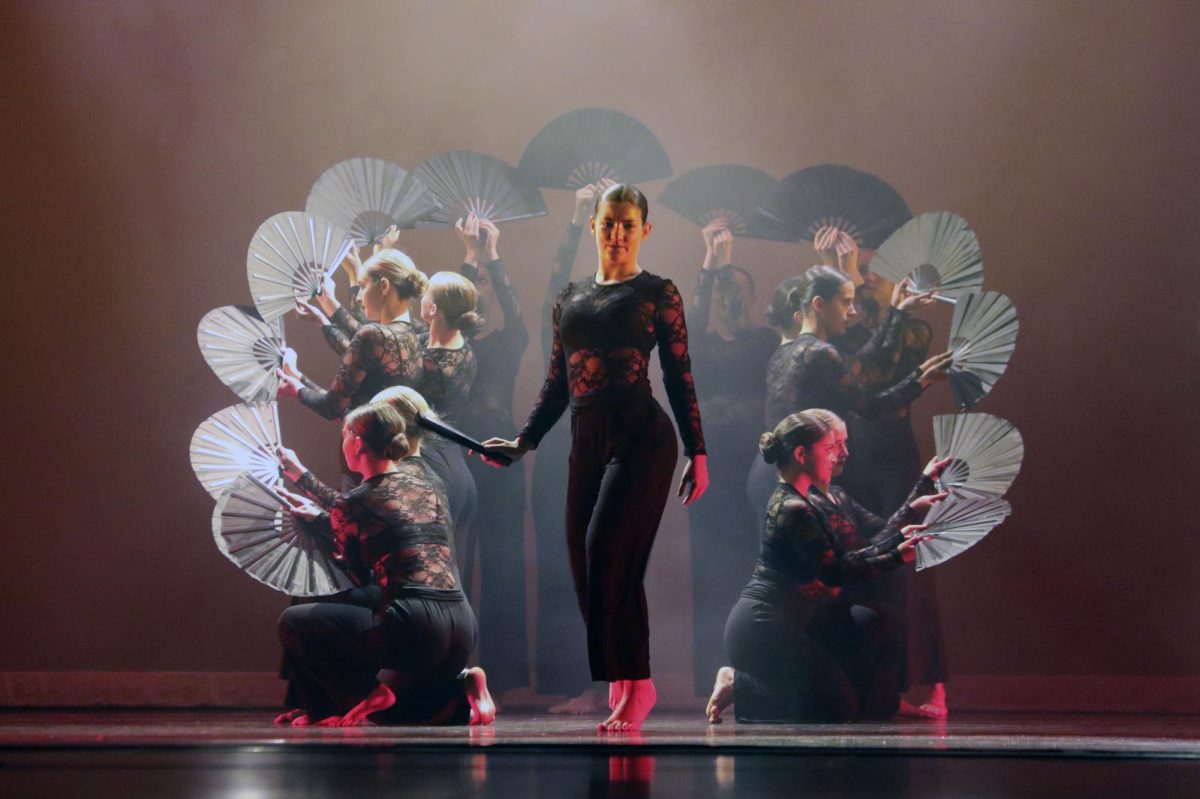
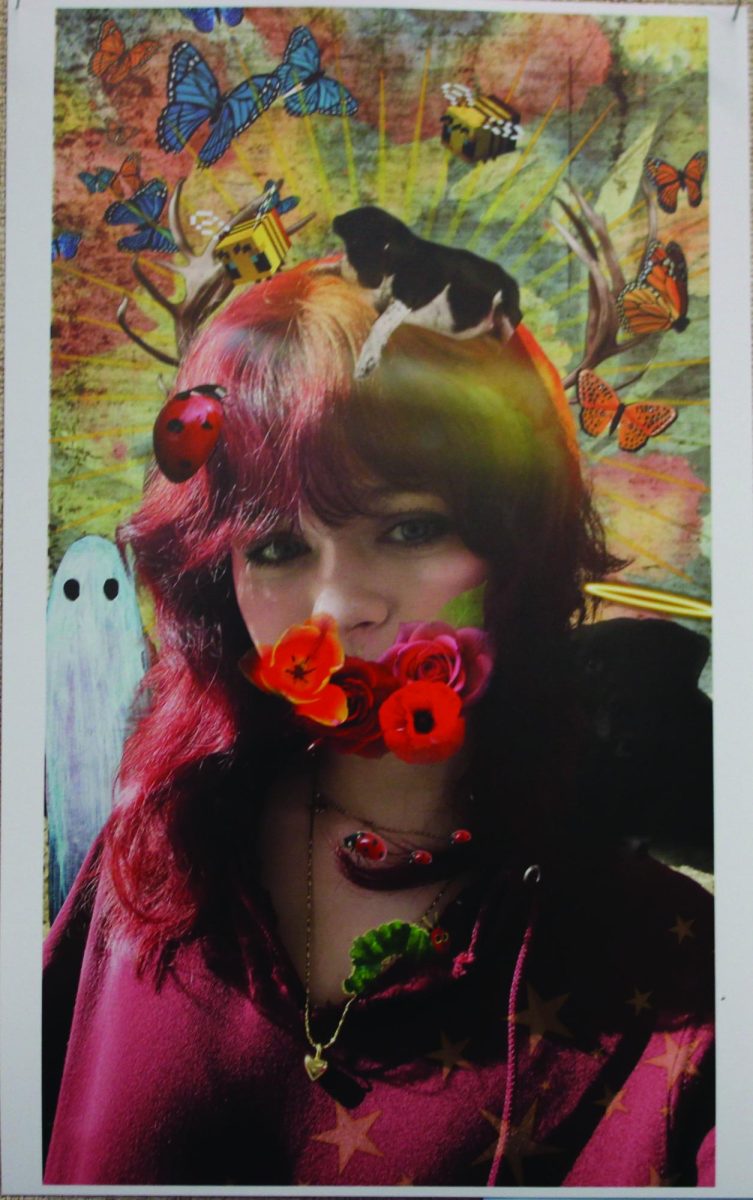
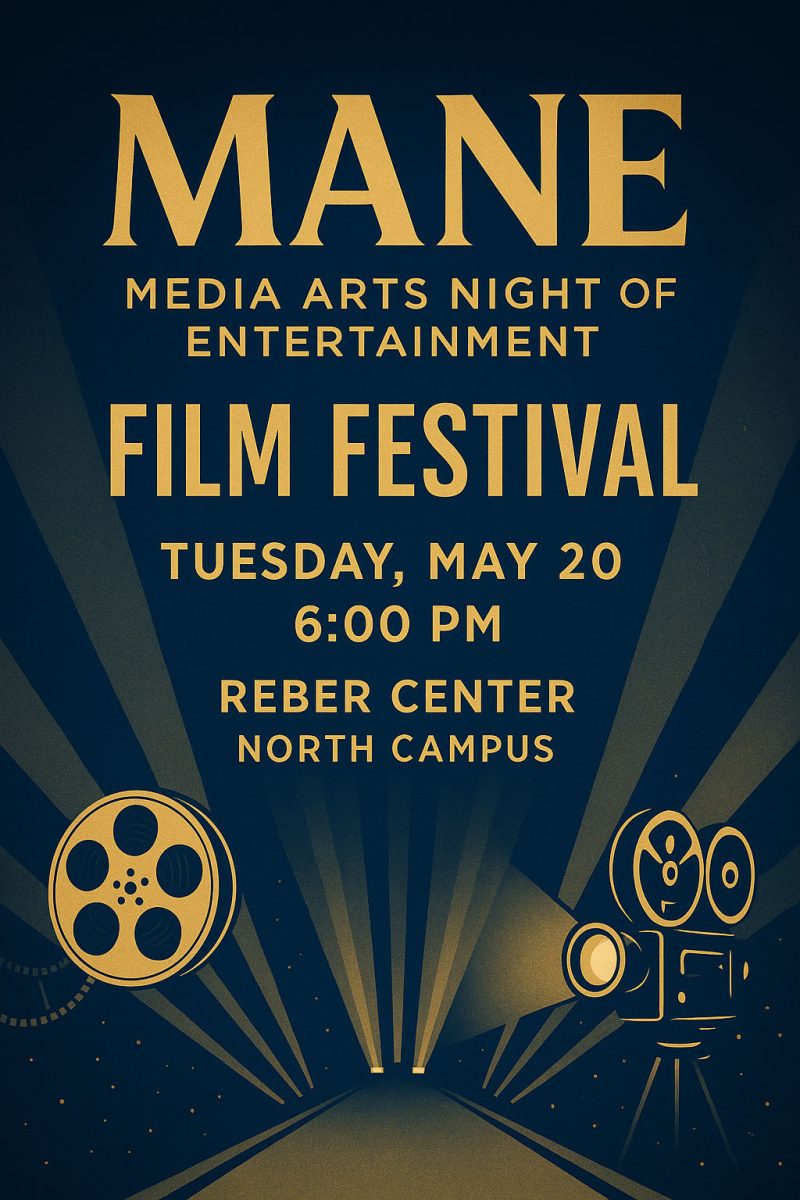

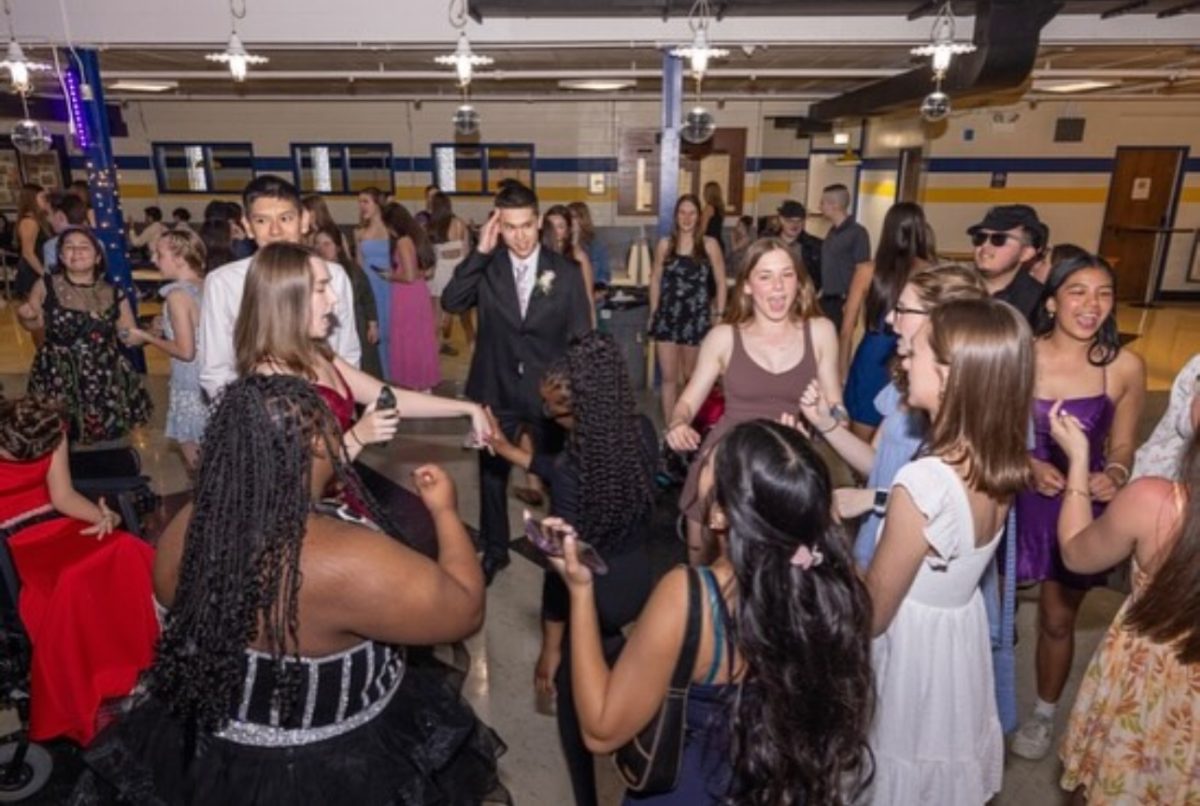
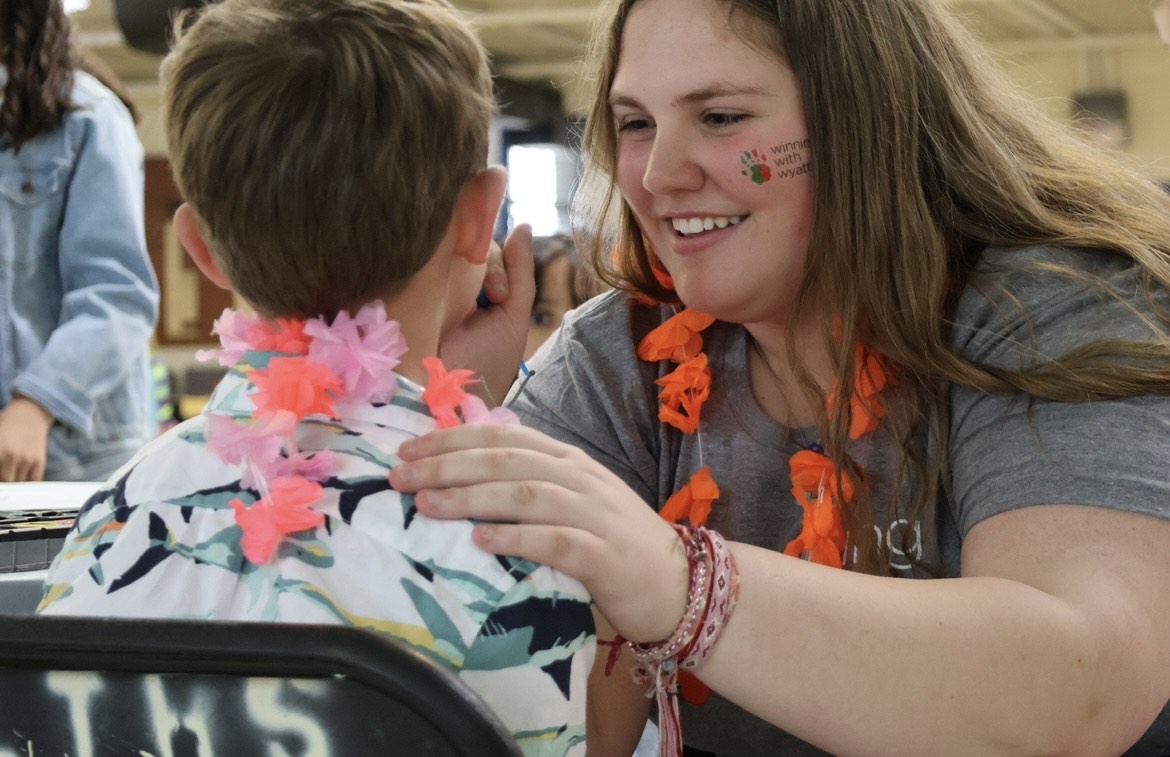


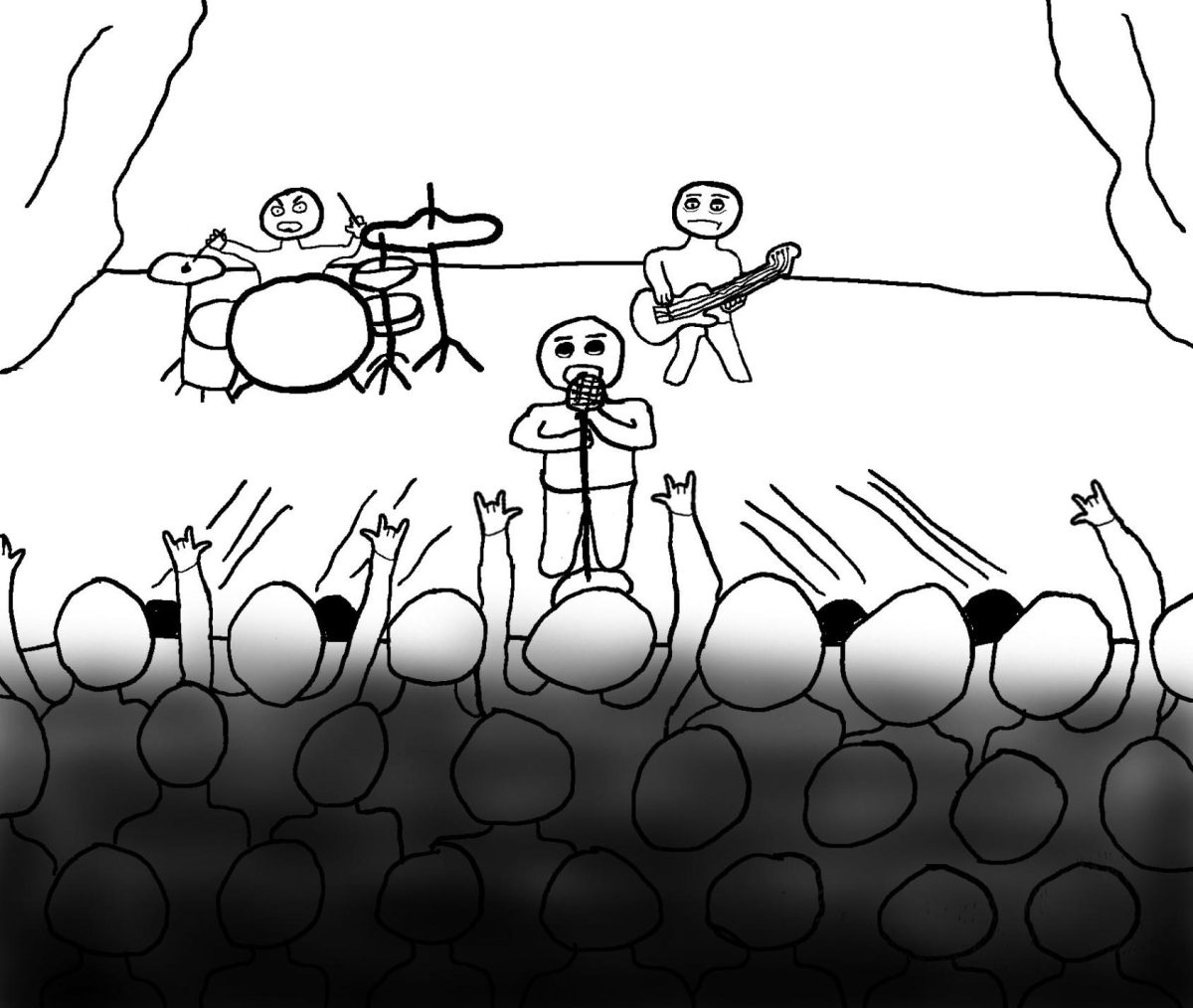
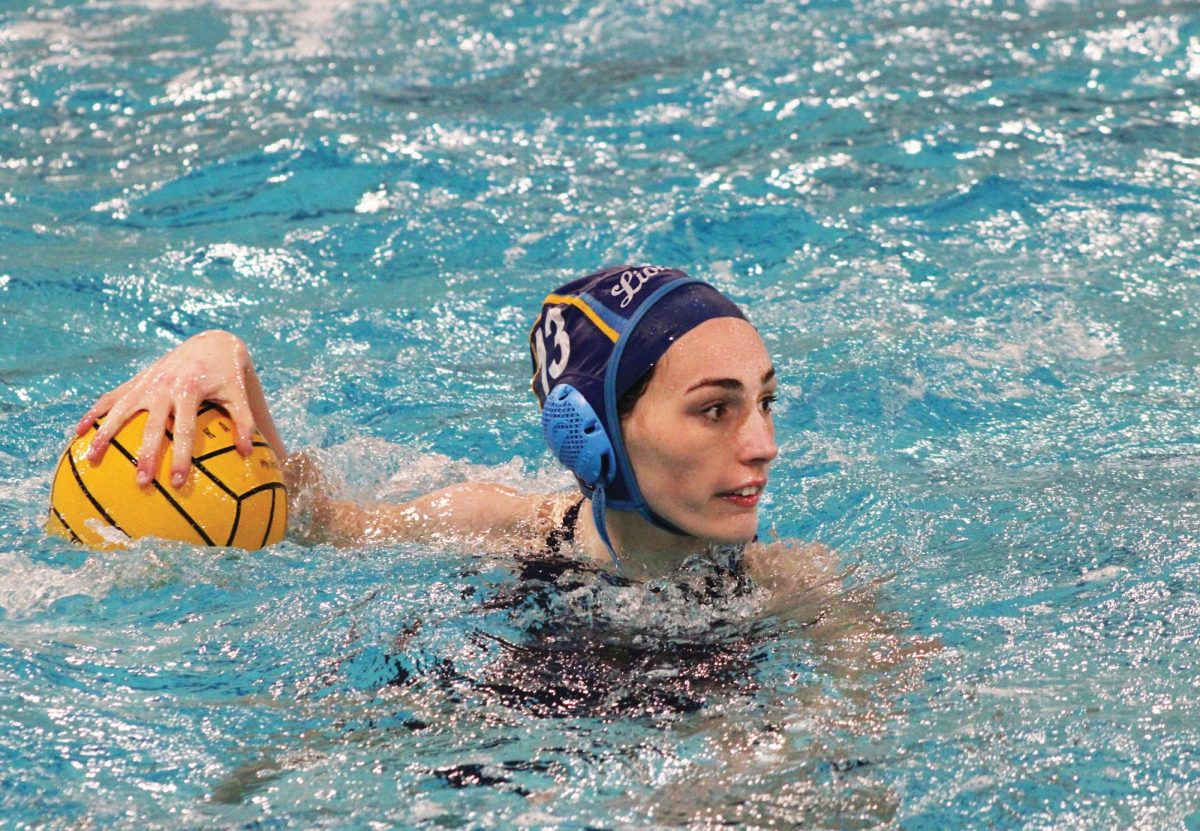
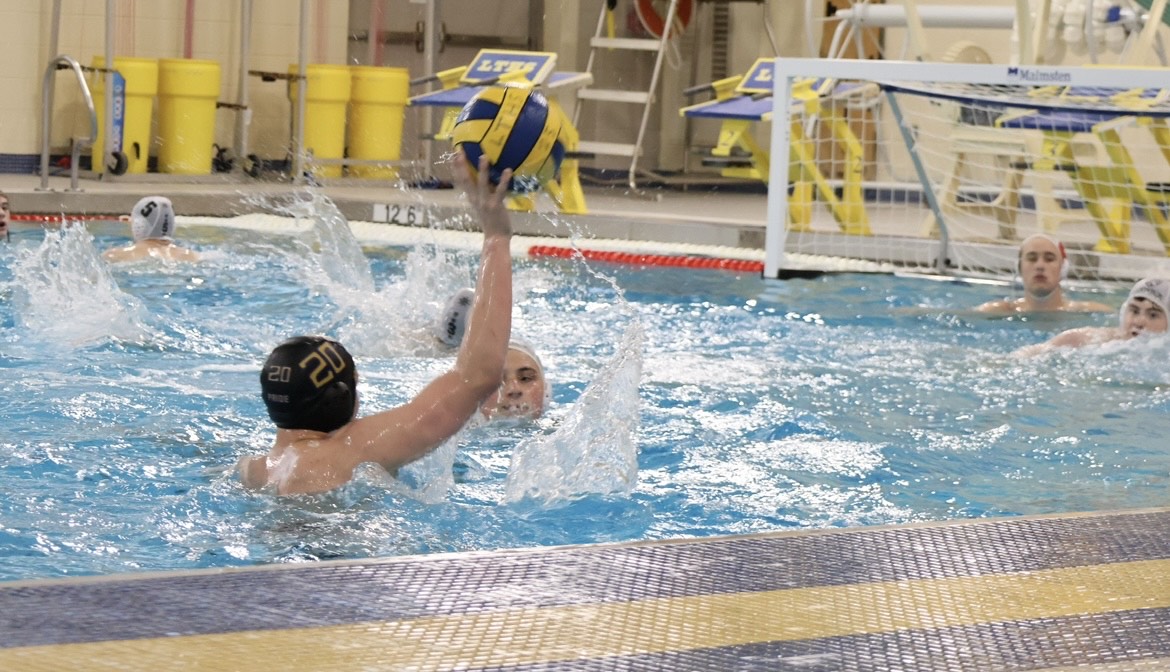
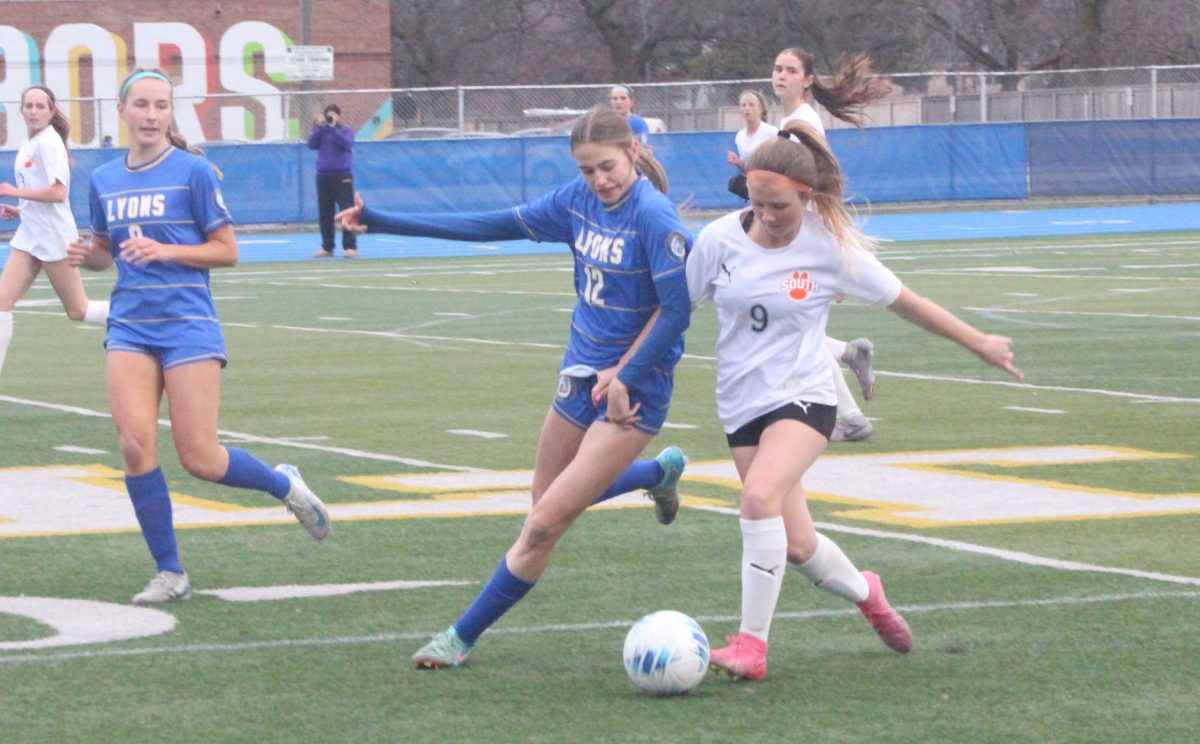

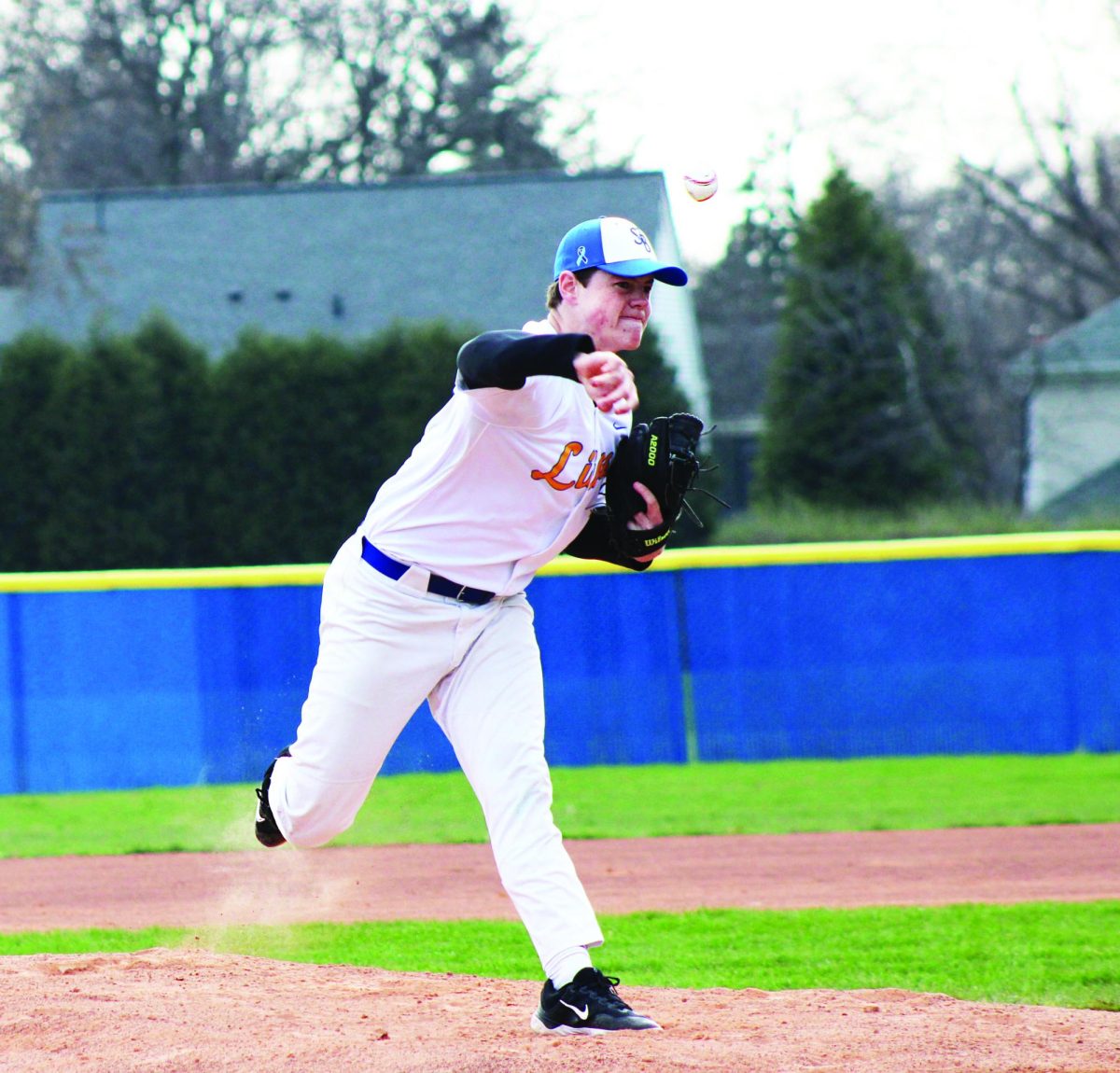





![Movie poster for '[Rec]" (2007).](https://www.lionnewspaper.com/wp-content/uploads/2023/04/rec-640x900.jpg)


